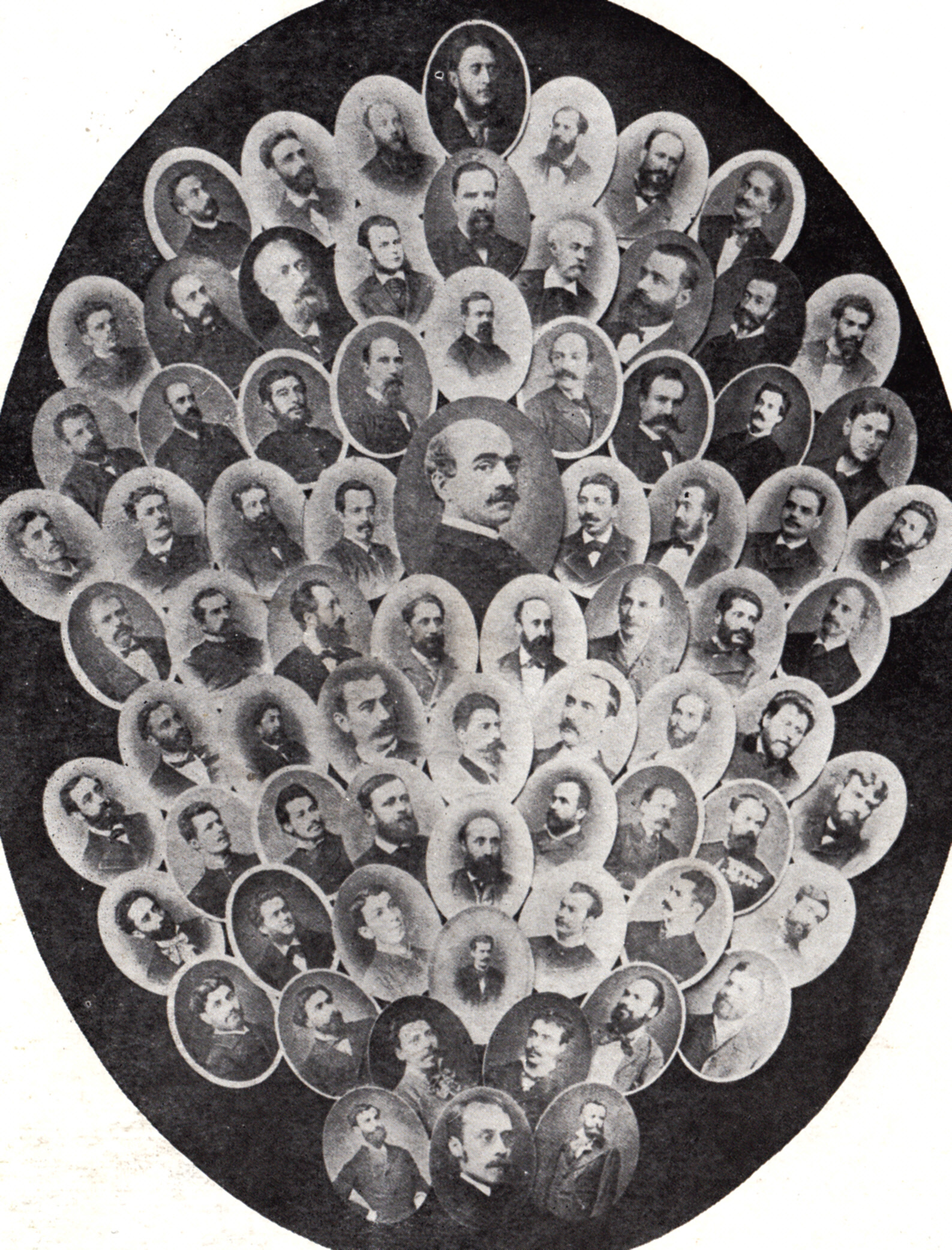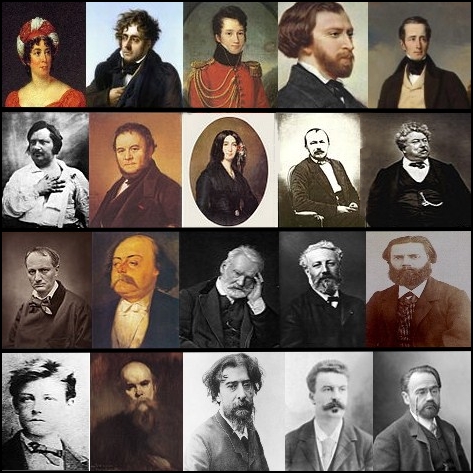|
Sărmanul Dionis
''Poor Dionis'' or ''Poor Dionysus'' ( ro, Sărmanul Dionis, originally spelled ''Sermanul Dionisie''; Valentin Coșereanu"Jurnalul Junimii" in ''Caiete Critice'', Issue 6/2010, p. 23 also translated as ''Wretched Dionysus'' or ''The Sorrowful Dionis'') is an 1872 prose work by Romanian poet Mihai Eminescu, classified by scholars as either a novel, a novella or a modern fairy tale. It is a liberal interpretation of contemporary German philosophy and ancient motifs, discussing themes such as time travel and reincarnation through the lens of post-Kantian idealism. Its eponymous central character, a daydreaming scholar, moves between selves over time and space, between his miserable home, his earlier existence as a monk in 15th-century Moldavia, and his higher-level existence as a celestial Zoroaster. ''Poor Dionis'' is one of the first, and most characteristic, works of fantasy in Romanian literature, and one of the poet's last Romantic texts. Beyond its philosophical vocabu ... [...More Info...] [...Related Items...] OR: [Wikipedia] [Google] [Baidu] |
Carl Spitzweg
Carl Spitzweg (February 5, 1808 – September 23, 1885) was a German romanticist painter, especially of genre subjects. He is considered to be one of the most important artists of the Biedermeier era. Life and career Spitzweg was born in Unterpfaffenhofen, near Munich, Bavaria, the second of three sons of Franziska (née Schmutzer) and Simon Spitzweg. His father, a wealthy merchant, had Carl trained as a pharmacist. He attained his qualification from the University of Munich but, while recovering from an illness, he took up painting. Spitzweg was self-taught as an artist, starting out by copying the works of Flemish masters. He contributed his first work to satiric magazines. Upon receiving an inheritance in 1833, he was able to dedicate himself to painting. Later, Spitzweg visited European art centers in Prague, Venice, Paris, London, and Belgium studying the works of various artists and refining his technique and style. His later paintings and drawings are often humorous ... [...More Info...] [...Related Items...] OR: [Wikipedia] [Google] [Baidu] |
Zoroaster
Zoroaster,; fa, زرتشت, Zartosht, label=New Persian, Modern Persian; ku, زەردەشت, Zerdeşt also known as Zarathustra,, . Also known as Zarathushtra Spitama, or Ashu Zarathushtra is regarded as the spiritual founder of Zoroastrianism. He is said to have been an Iranian religions, Iranian prophet who founded a religious movement that challenged the existing traditions of ancient Iranian religion, and inaugurated a movement that eventually became a staple religion in History of Iran, ancient Iran. He was a native speaker of Avestan, Old Avestan and lived in the eastern part of the Iranian plateau, but his exact birthplace is uncertain. There is no scholarly consensus on when he lived. Some scholars, using linguistic and socio-cultural evidence, suggest a dating to somewhere in the second millennium BC. Other scholars date him to the 7th and 6th centuries BC as a near-contemporary of Cyrus the Great and Darius the Great. Zoroastrianism eventually became the official ... [...More Info...] [...Related Items...] OR: [Wikipedia] [Google] [Baidu] |
Gnosticism
Gnosticism (from grc, γνωστικός, gnōstikós, , 'having knowledge') is a collection of religious ideas and systems which coalesced in the late 1st century AD among Jewish Jews ( he, יְהוּדִים, , ) or Jewish people are an ethnoreligious group and nation originating from the Israelites Israelite origins and kingdom: "The first act in the long drama of Jewish history is the age of the Israelites""The ... and early Christian sects. These various groups emphasized personal spiritual knowledge (''gnosis'') above the orthodox teachings, traditions, and authority of religious institutions. Gnostic cosmogony generally presents a distinction between a supreme, hidden God and a malevolent demiurge, lesser divinity (sometimes associated with the Yahweh of the Old Testament) who is responsible for creating the nature, material universe. Consequently, Gnostics considered material existence flawed or evil, and held the principal element of salvation to be direct ... [...More Info...] [...Related Items...] OR: [Wikipedia] [Google] [Baidu] |
Vedanta
''Vedanta'' (; sa, वेदान्त, ), also ''Uttara Mīmāṃsā'', is one of the six (''āstika'') schools of Hindu philosophy. Literally meaning "end of the Vedas", Vedanta reflects ideas that emerged from, or were aligned with, the speculations and philosophies contained in the Upanishads, specifically, knowledge and liberation. Vedanta contains many sub-traditions, all of which are based on a common group of texts called the "Three Sources" ('' prasthānatrayī''): ''the Upanishads'', the ''Brahma Sutras'' and the '' Bhagavad Gita''. All Vedanta traditions contain extensive discussions on ontology, soteriology and epistemology, though there is much disagreement among the various schools. The main traditions of Vedanta are: ''Advaita'' (non-dualism), ''Bhedabheda'' (difference and non-difference), '' Suddhadvaita'' (pure non-dualism), ''Tattvavada ( Dvaita)'' (dualism), and ''Vishishtadvaita'' (qualified non-dualism). Modern developments in Vedanta include Neo-V ... [...More Info...] [...Related Items...] OR: [Wikipedia] [Google] [Baidu] |
Postmodern Literature
Postmodern literature is a form of literature that is characterized by the use of metafiction, unreliable narration, self-reflexivity, intertextuality, and which often thematizes both historical and political issues. This style of experimental literature emerged strongly in the United States in the 1960s through the writings of authors such as Kurt Vonnegut, Thomas Pynchon, William Gaddis, Philip K. Dick, Kathy Acker, and John Barth. Postmodernists often challenge authorities, which has been seen as a symptom of the fact that this style of literature first emerged in the context of political tendencies in the 1960s.Linda Hutcheon (1988) ''A Poetics of Postmodernism.'' London: Routledge, pp. 202-203. This inspiration is, among other things, seen through how postmodern literature is highly self-reflexive about the political issues it speaks to. Precursors to postmodern literature include Miguel de Cervantes’ ''Don Quixote'' (1605–1615), Laurence Sterne’s ''Tristram Shandy' ... [...More Info...] [...Related Items...] OR: [Wikipedia] [Google] [Baidu] |
Modernist Literature
Literary modernism, or modernist literature, originated in the late 19th and early 20th centuries, and is characterized by a self-conscious break with traditional ways of writing, in both poetry and prose fiction writing. Modernism experimented with literary form and expression, as exemplified by Ezra Pound's maxim to "Make it new." This literary movement was driven by a conscious desire to overturn traditional modes of representation and express the new sensibilities of their time. The horrors of the First World War saw the prevailing assumptions about society reassessed, and much modernist writing engages with the technological advances and societal changes of modernity moving into the 20th century. Origins and precursors In the 1880s, increased attention was given to the idea that it was necessary to push aside previous norms entirely, instead of merely revising past knowledge in light of contemporary techniques. The theories of Sigmund Freud (1856–1939), and Ernst Mach (183 ... [...More Info...] [...Related Items...] OR: [Wikipedia] [Google] [Baidu] |
Symbolist Movement In Romania
The Symbolist movement in Romania, active during the late 19th and early 20th centuries, marked the development of Romanian culture in both literature and visual arts. Bringing the assimilation of France's Symbolism, Decadence and Parnassianism, it promoted a distinctly urban culture, characterized by cosmopolitanism, Francophilia and endorsement of Westernization, and was generally opposed to either rural themes or patriotic displays in art. Like its Western European counterparts, the movement stood for idealism, sentimentalism or exoticism, alongside a noted interest in spirituality and esotericism, covering on its own the ground between local Romanticism and the emerging modernism of the ''fin de siècle''. Despite such unifying traits, Romanian Symbolism was an eclectic, factionalized and often self-contradictory current. Originally presided upon by poet and novelist Alexandru Macedonski, founder of '' Literatorul'' magazine, the movement sparked much controversy with its state ... [...More Info...] [...Related Items...] OR: [Wikipedia] [Google] [Baidu] |
Junimea
''Junimea'' was a Romanian literary society founded in Iași in 1863, through the initiative of several foreign-educated personalities led by Titu Maiorescu, Petre P. Carp, Vasile Pogor, Theodor Rosetti and Iacob Negruzzi. The foremost personality and mentor of the society was Maiorescu, who, through the means of scientific papers and essays, helped establish the basis of the modern Romanian culture. Junimea was the most influential intellectual and political association from Romania in the 19th century. Beginnings In 1863, four years after the union of Moldavia and Wallachia (''see: United Principalities''), and after the moving of the capital to Bucharest, five enthusiastic young people who had just returned from their studies abroad created in Iaşi a society which wanted to stimulate the cultural life in the city. They chose the name "''Junimea''", a slightly antiquated Romanian word for "Youth". It is notable that four of the founders were part of the Romanian elite, the ... [...More Info...] [...Related Items...] OR: [Wikipedia] [Google] [Baidu] |
Théophile Gautier
Pierre Jules Théophile Gautier ( , ; 30 August 1811 – 23 October 1872) was a French poet, dramatist, novelist, journalist, and art and literary critic. While an ardent defender of Romanticism, Gautier's work is difficult to classify and remains a point of reference for many subsequent literary traditions such as Parnassianism, Symbolism, Decadence and Modernism. He was widely esteemed by writers as disparate as Balzac, Baudelaire, the Goncourt brothers, Flaubert, Pound, Eliot, James, Proust and Wilde. Life and times Gautier was born on 30 August 1811 in Tarbes, capital of Hautes-Pyrénées département (southwestern France). His father was Jean-Pierre Gautier,See "Cimetières de France et d'ailleurs – La descendance de Théophile Gautier", landrucimetieres.fr/ref> a fairly cultured minor government official, and his mother was Antoinette-Adelaïde Cocard. The family moved to Paris in 1814, taking up residence in the ancient Marais district. Gautier's education comm ... [...More Info...] [...Related Items...] OR: [Wikipedia] [Google] [Baidu] |
19th-century French Literature
19th-century French literature concerns the developments in French literature during a dynamic period in French history that saw the rise of Democracy and the fitful end of Monarchy and Empire. The period covered spans the following political regimes: Napoleon Bonaparte's Consulate (1799–1804) and Empire (1804–1814), the Restoration under Louis XVIII and Charles X (1814–1830), the July Monarchy under Louis Philippe d'Orléans (1830–1848), the Second Republic (1848–1852), the Second Empire under Napoleon III (1852–1871), and the first decades of the Third Republic (1871–1940). Overview French literature enjoyed enormous international prestige and success in the 19th century. The first part of the century was dominated by Romanticism, until around the mid-century Realism emerged, at least partly as a reaction. In the last half of the century, " naturalism", " parnassian" poetry, and "symbolism", among other styles, were often competing tendencies at the same time. ... [...More Info...] [...Related Items...] OR: [Wikipedia] [Google] [Baidu] |
Novalis
Georg Philipp Friedrich Freiherr von Hardenberg (2 May 1772 – 25 March 1801), pen name Novalis (), was a German polymath who was a writer, philosopher, poet, aristocrat and mystic. He is regarded as an idiosyncratic and influential figure of Jena Romanticism. Novalis was born into a minor aristocratic family in Electoral Saxony. He was the second of eleven children; his early household observed a strict Pietist faith. He studied law at the University of Jena, the University of Leipzig, and the University of Wittenberg. While at Jena, he published his first poem and befriended the playwright and fellow poet Friedrich Schiller. In Leipzig, he then met Friedrich Schlegel, becoming lifetime friends. Novalis completed his law degree in 1794 at the age of 22. He then worked as a legal assistant in Tennstedt immediately after graduating. There, he met Sophie von Kühn. The following year Novalis and Sophie became secretly engaged. Sophie became severely ill soon after the engagem ... [...More Info...] [...Related Items...] OR: [Wikipedia] [Google] [Baidu] |

_B.jpg)





